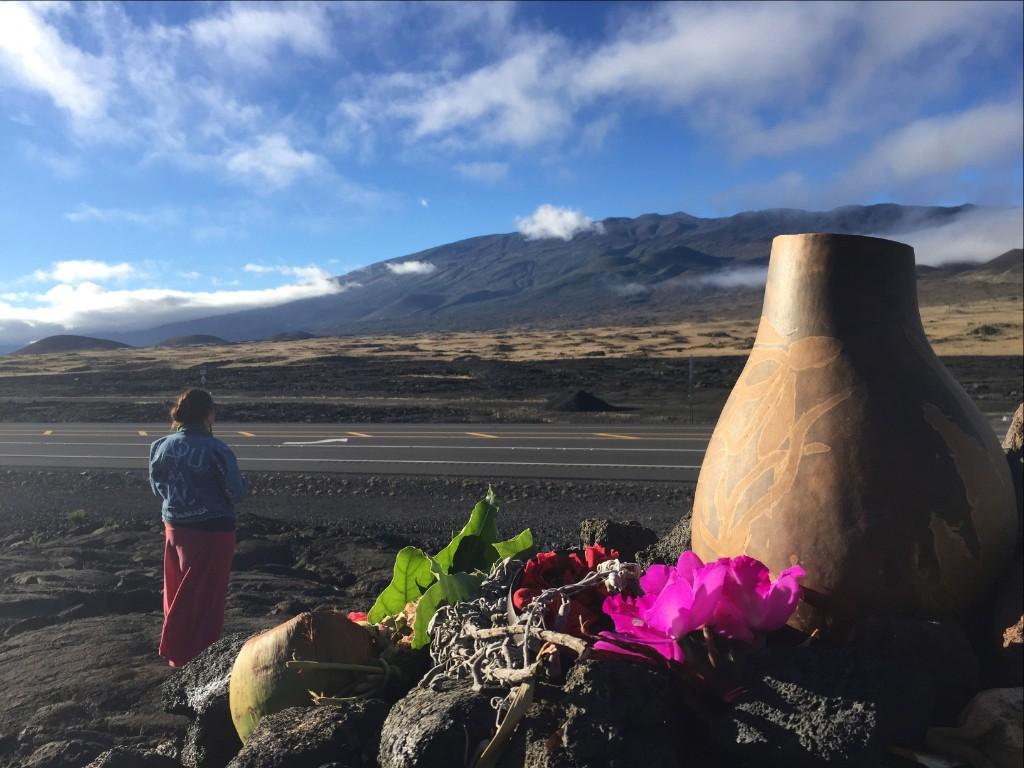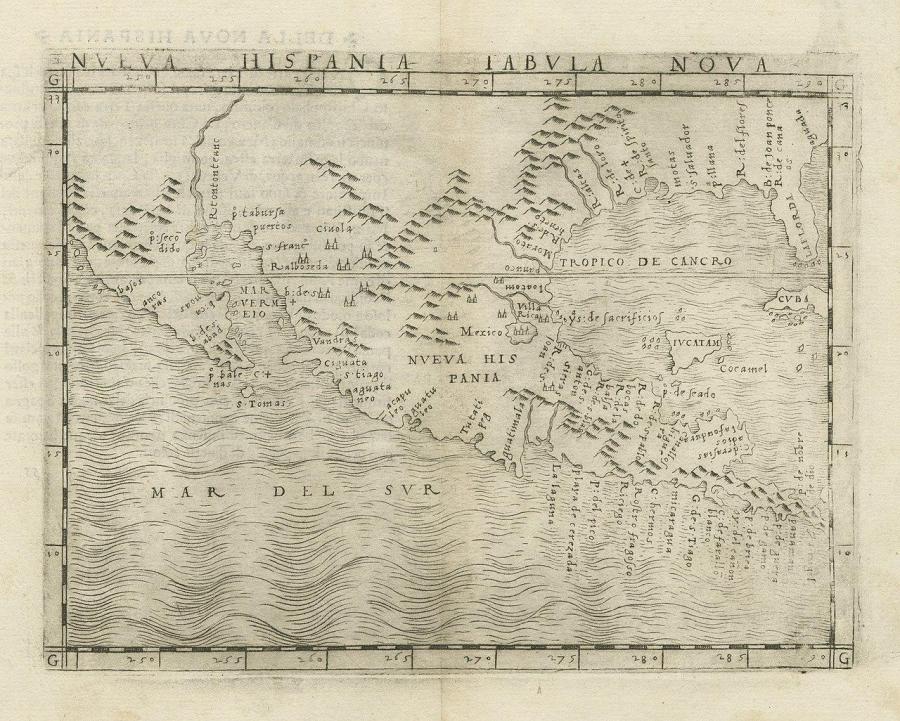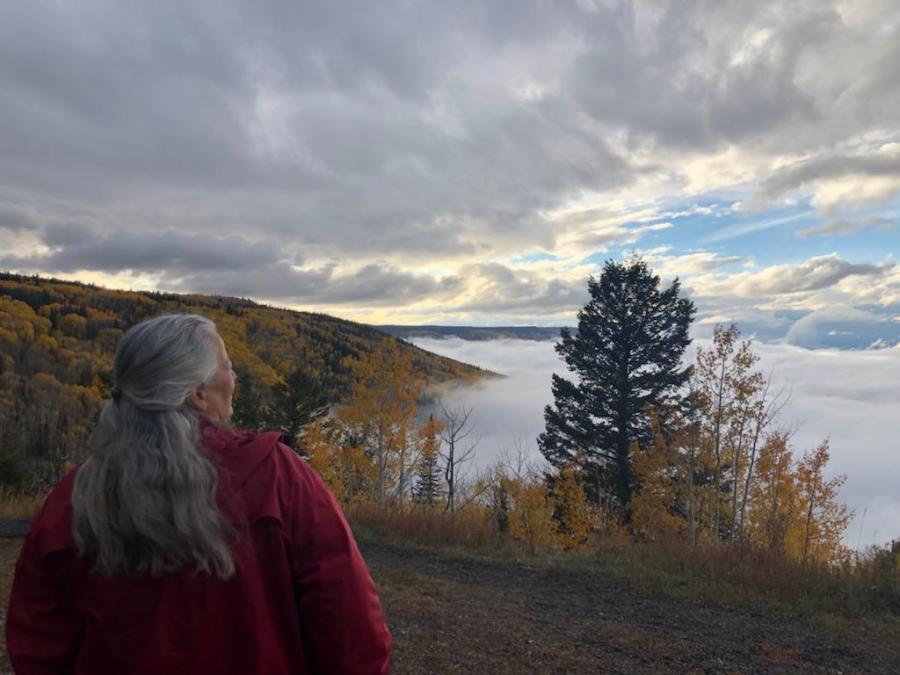
Protests near the sacred summit of Mauna Kea in Hawai’i are increasing in urgency as Native Hawaiians fight to prevent the construction of the Thirty Meter Telescope (TMT). Mauna Kea is the tallest mountain in the Pacific and has traditionally been the site of religious ceremonies for Native Hawaiians, or Kanaka Maoli. The telescope has been scheduled for construction for over a decade, and has been the subject of legal contestation as Free, Prior and Informed Consent has not been given by Native Hawaiians. A state of emergency was issued on July 17, 2019, by governor David Ige as tensions continue to escalate and arrests continue to increase. The ACLU has noted that the state has purchased sound cannons in anticipation of protests to be used against the protestors as intimidation mechanisms. At least 34 protesters have been detained and arrested for civil disobedience, including many elders. Beginning on June 20, 2019, the state of Hawai’i has participated in the active destruction of religious structures and has effectively closed the mountain off to Native Hawaiians.
The state justifies the TMT’s construction through supporting the location of Mauna Kea as the best place for the telescope’s successful operation, and through the institutional support of major stakeholders. The failure of the scientific community to co-manage natural resources, to respect the human contexts around them, and to acknowledge the rights, legal personhood, and contributions of global Indigenous populations is representative of a wider set of civil rights injustices that have come to define our contemporary legal landscape. The violent destruction of places of worship was intended to systematically silence Native people and represent an aggressive threat towards of Native persons dissenting injustice. Because some of the sacred monuments in question are continuously used, the state claims that they are not old enough to be protected, forcing a static view of Native Hawaiian culture and religion and overstepping their boundaries in determining whether something is sacred.
On March 22, 2019, Cultural Survival, at the request of a Native Hawaiian coalition, submitted a report to the Committee on the Elimination of Racial Discrimination's (CERD) 98th Session under the Early Warning and Urgent Action Procedures highlighting the risks of construction on sacred land without consent, and providing recommendations for the successful co-management of resources. Our warnings have increased, and we have amended our recommendations to emphasize the urgent consequences of extreme dispossession and denial of civil rights. The coalition now requests that the Committee on the Elimination of Racial Discrimination provide an immediate response to extreme acts of aggression and racism perpetuated by the policy state towards all Native Hawaiians. This amendment provides further recommendations to avoid inconsistencies with commitments made under the ICERD and UNDRIP.
The updated policy conclusions and requests to CERD include recommending that the United States government and the state government of Hawai’i work to bring a stop to any activities that infringe on the rights of Indigenous people including halting immediate work on the progress of the TMT, revoking the permits granted for construction, compensating the cultural practitioners, and allowing Native Hawaiians to protest construction without fear of physical and legal retaliation. We also request that the UN Special Rapporteur on the Rights of Indigenous Peoples communicates with the government and prepares a report on this brutal treatment. The state’s legal and physical intimidation of Indigenous people standing together in protest is an affront to the fabric and integrity of our political system. The State’s aggressive actions against Native Persons, including the purchase of sound cannons, diminishes their voices. The destruction of altars and places of worship also extended beyond the direct site of Mauna Kea and into the area’s proximity. The State of Hawai’i has also intimidated citizens from going higher than the main highway, which is substantially lower than the mountain’s summit and prevents citizens from accessing the domain effectively eliminating full access to the mountain.



